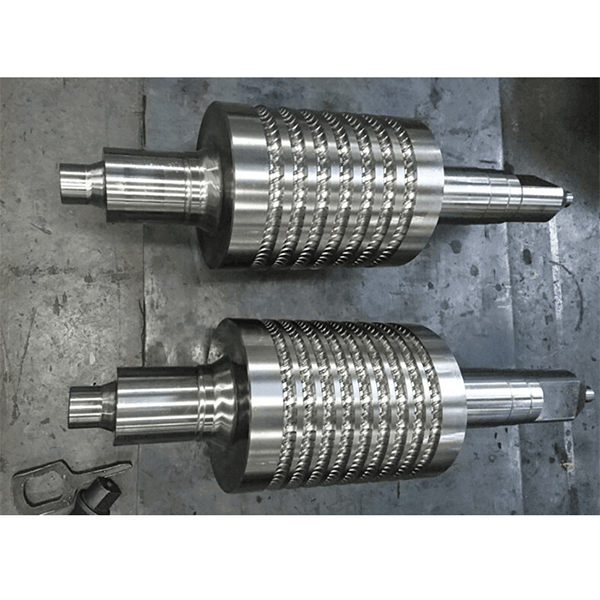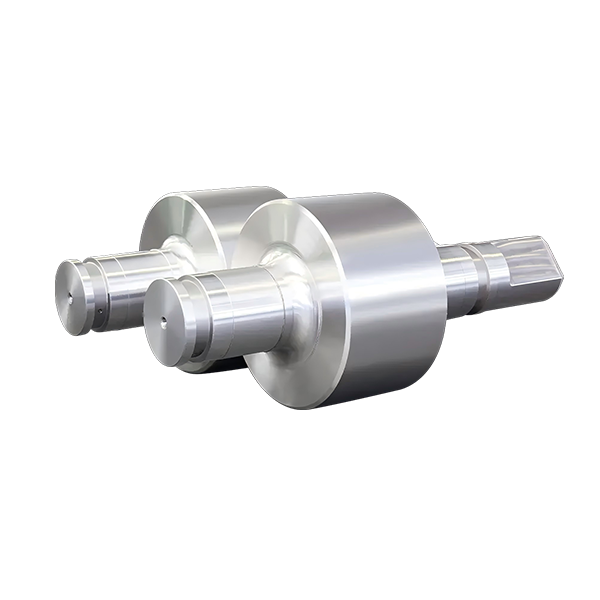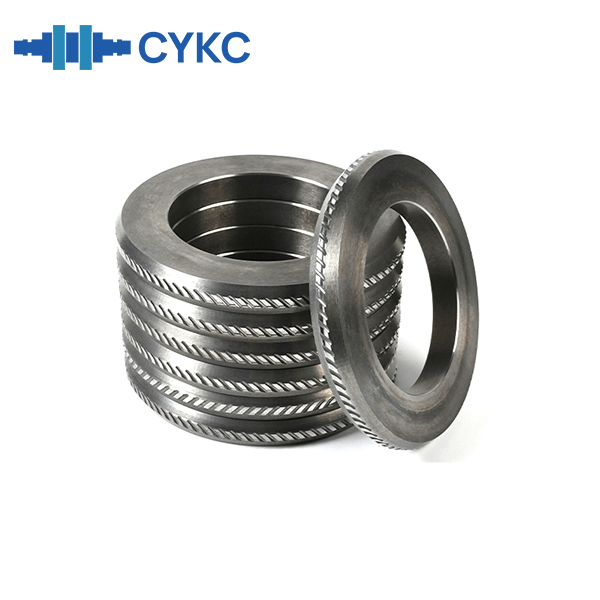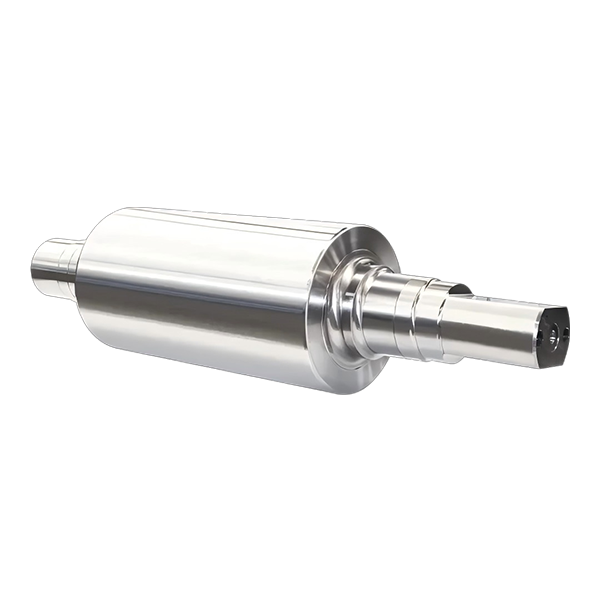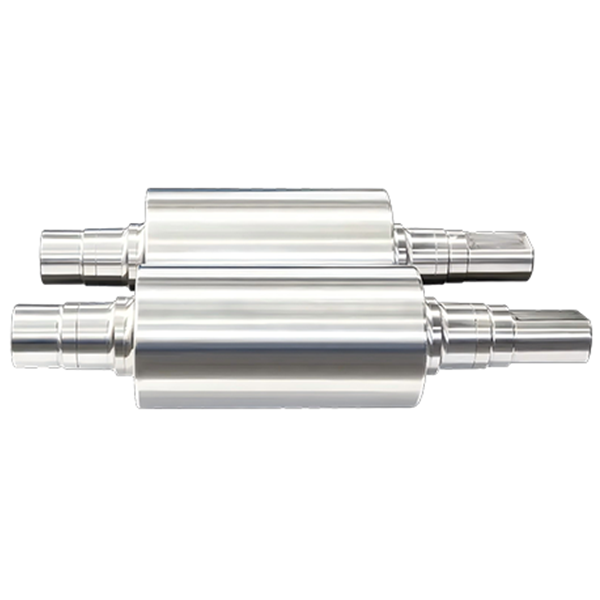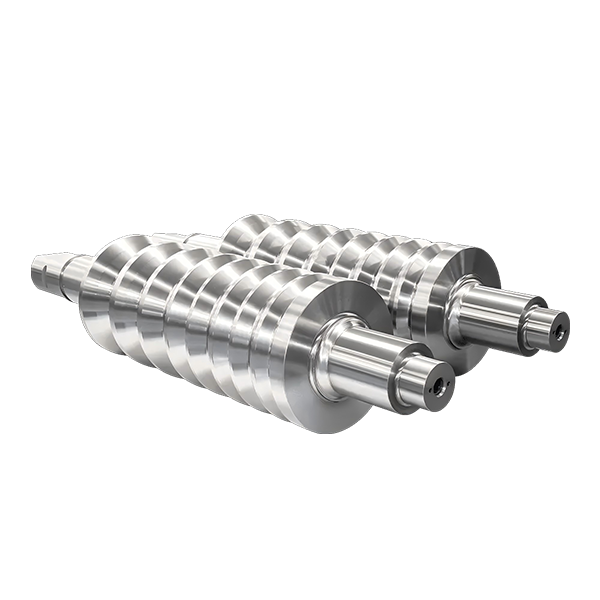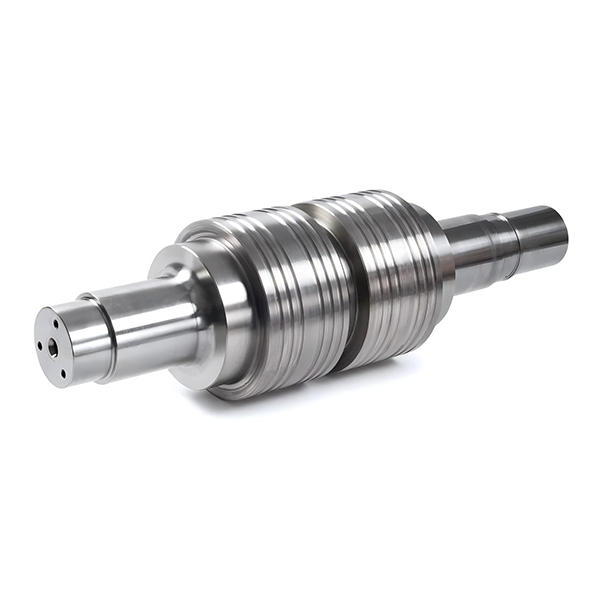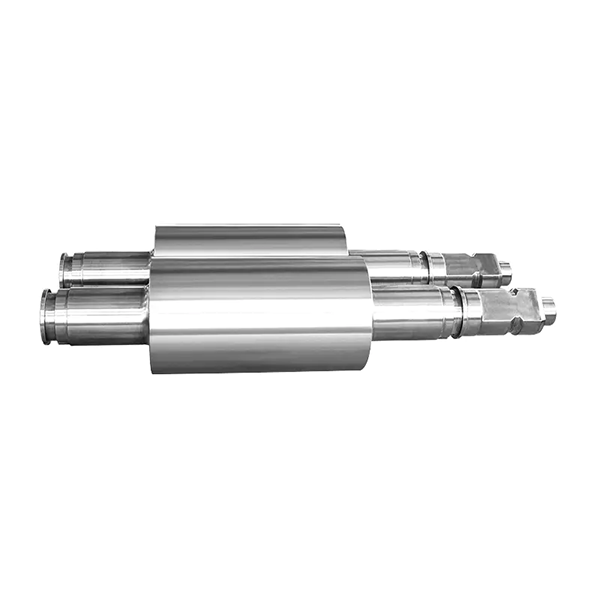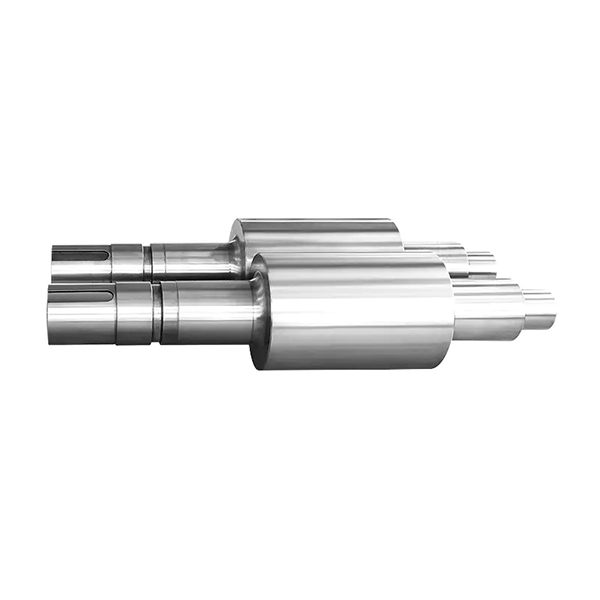Roller is an important tool for plastic deformation of metal during rolling process and is a key component affecting mill efficiency and rolled material quality. As a high-strength, high-precision consumable, the performance and management of the roll directly determine the stability of rolling production and th.e yield rate of products.
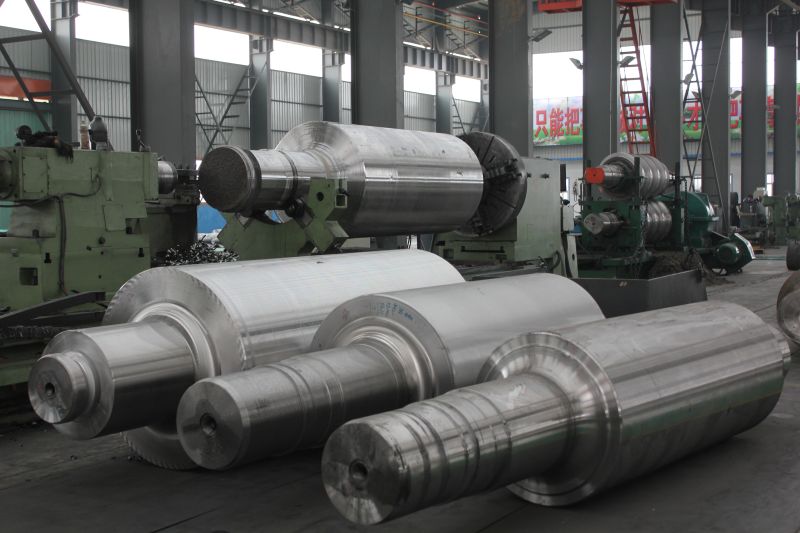
1. Basic structure of roll
Roller consists of three parts: roll body, roll neck and roll head.
The roll body is the working part where the roll is in direct contact with the rolled piece.
The roll neck is located at both ends of the roll body and is installed in the bearing to carry and transmit the rolling pressure.
The roll head is connected to the transmission device for transmitting torque and is often made into plum blossom shape, flat head shape or with keyway and other forms.
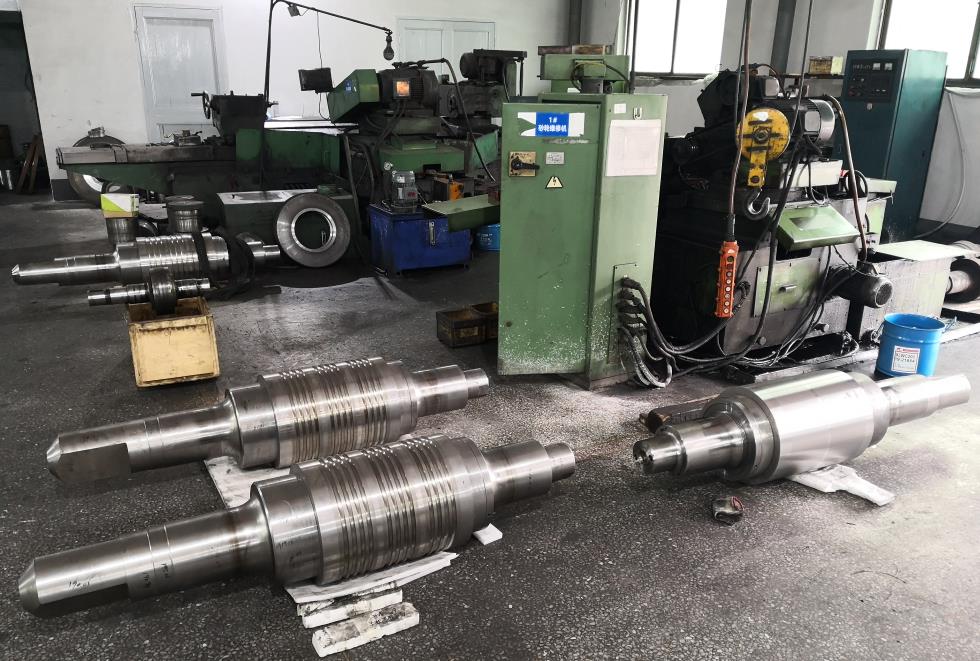
2. Classification of Rollers
According to different manufacturing methods, rolls can be divided into:
1. According to the forming method
Forging rolls.
2. According to the process structure
Integral rolls: integral casting or integral forging.
Metallurgical composite rolls: including rolls manufactured by advanced processes such as semi-flushing composite, overflow composite, centrifugal composite, CPC continuous coating, hot isostatic pressing, spray deposition, etc.
Combined rolls: such as sleeved combined rolls.
3. Roller grinding and grinding machine equipment
The equipment used to trim the roll surface is a roll grinder. It is a branch of the external cylindrical grinder and is divided into:
Roller mobile grinder.
Grinding wheel frame mobile grinder.
The basic structure includes the bed, headstock, tailstock, bracket, grinding wheel frame, cooling system and electronic control part.
4. Roller grinding accuracy requirements (taking aluminum processing as an example)
Roller radial runout: ≤0.003 mm.
Diameter difference (taper) at both ends: ≤0.015 mm (non-CVC roller).
Roller shape accuracy: error ≤ set value 10%-20%, axial offset ≤5 mm.
Diameter difference of paired rollers: less than 0.02 mm according to demand.
5. Key points of roller management
Warehouse inspection: size, hardness, runout, etc. need to be tested and management cards should be established.
Storage environment: dry, temperature not less than 10℃.
First use: low speed and low pressure operation for running-in.
Cooling and lubrication must be sufficient during use, and fatigue layer needs to be removed during grinding.
Reasonable selection of grinding wheels: particle size and hardness match, feed amount ≤0.025 mm, avoid burns.
Grinding cooling should be uniform to prevent peeling and neck breakage.
Keep the site clean and deal with emergencies such as broken strips and foreign matter intrusion in a timely manner.
Use order: new rolls are used for finishing rolling, and old rolls are used for rough rolling.
Abnormal wear should be identified in time, such as sticking, grinding, fatigue cracks, etc., to avoid early failure of the rolls.
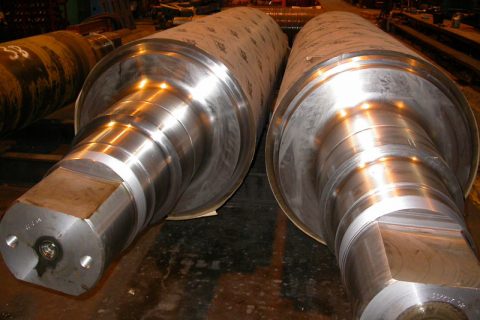
Conclusion
The rolls not only bear the high-intensity task of rolling, but their surface quality, structural design and daily maintenance all affect the quality of rolled products and the operating efficiency of the rolling mill. Correct use and scientific management of the rolls and their grinding process are the key to improving production efficiency and extending the life of the rolls.


